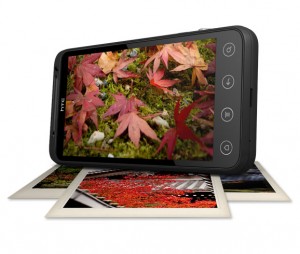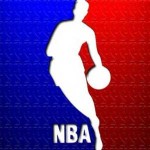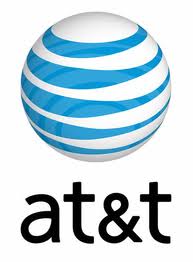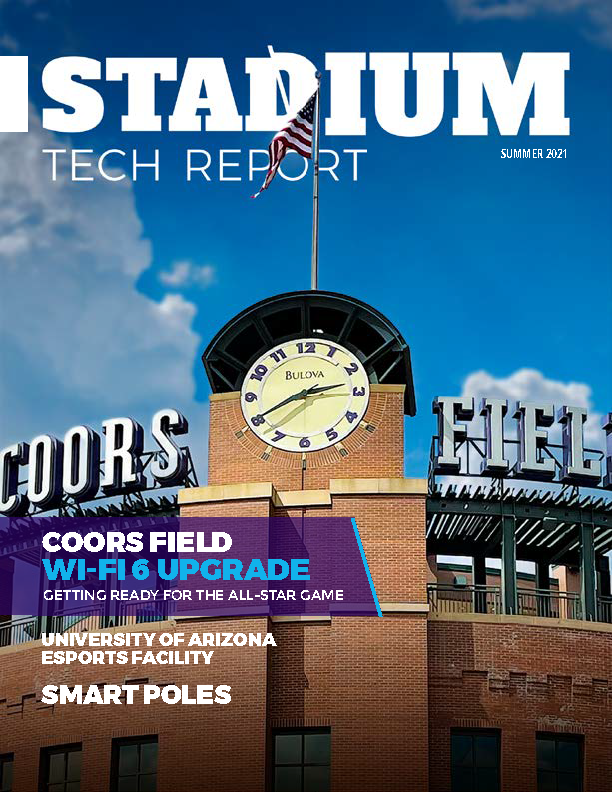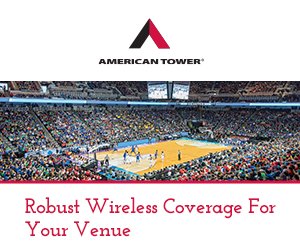Will 3D take hold in the mobile market before it takes sail in the television space? It could be a boon for sports fans that have already dropped a small fortune on a 60-inch plasma and are not willing to move to 3D and buy a new system.
If it will be the next big thing is unclear and honestly your guess is as good as mine but at this point mobile developers of both hardware and software are increasingly focusing on the 3D space and with its lower entry price for users could take off faster. The latest to hit the market is HTC’s EVO 3D.
Designed to run on the emerging high speed 4G network being deployed by Sprint the handset is the latest member on HTC’s EVO lineup and bears a strong resemblance to the EVO 4G phone. The display is a 4.3-inch qHD screen with 960 by 540 pixel resolution. The EVO 3D does not require 3D glasses, however it does appear to get blurry if the display is moved or is looked at from an angle in my brief examination.
In some ways it reminded me of the 3D cards you could send people, from one angle they looked great and the rest you kind of scratched your head and wondered what all of the noise was about. The image does not leap out but rather is inset like in a shadow box. This could be annoying over a long period, say the length of a baseball game, but not so much in the short ter such as highlights from an event.
Still the phone has a lot of nice features that match up well with rival 2D phones including a 1.2 GHz dual core Qualcomm Snapdragon processor, support for the 4G network that is currently being rolled out nationwide with unlimited 4G data with Sprint’s Everything Data Plan, available for $79.99/mo. The phone will come preloaded with select free demo versions of 3D titles including Spider-man: Total Mayhem 3D.
The phone has dual cameras and enables users to capture both 2D and 3D video and images. It features a new service called HTC Watch that enables a user to start watching a show as it is downloading and monitors the Internet connection to create an uninterrupted viewing experience. It has the latest version of HTC’s Sense user interface, version 3.0, which allows an increased degree of customization and runs the Android 2.3 operating system, also called Gingerbread.
The HTC EVO 3D has a $199.99 price tag from Sprint when purchased with a new two year activation or eligible upgrade on a Sprint Business Advantage Messaging and Data plan or the Everything Plan with data, a Premium Data add-on and a two year agreement. The phone started shipping this week.
It will be interesting to see how this all shakes out and we find out if 3D is the wave of the future, or just a 1950’s fad reemerging in another format. It looks really good in short snippets on a phone for video and the game apps I have seen are for the most part enhanced by the technology. For me the test will be when I start watching sporting events and seeing it in 3D on a phone.
[Editor’s note: More gratuitous EVO 3D photo to follow, taken by our dual-core editor whose other business follows things like wireless trade shows where these things are first shown off.)

